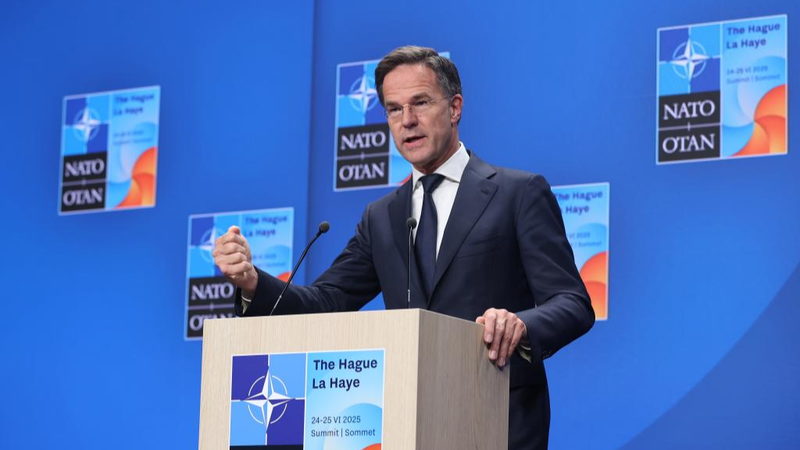NATO's contradictions are coming to light as leaders agree on an ambitious new goal: boosting defense spending to 5% of each member's GDP. What began as a modest idea during the Ukraine crisis has evolved into a bold demand, reshaping the alliance's approach to collective defense.
Historically, NATO never set firm spending targets until 2014, when a 2% goal was floated amid rising tensions. With the surge of an "America First" sentiment and political pressure intensifying—even accompanied by vague threats of U.S. withdrawal—the shift to a 5% target became a hot topic within the alliance.
This dramatic change has revealed internal contradictions. Although NATO is widely seen as a defensive pact, recent moves suggest a more aggressive posture that echoes long-standing power struggles rooted in the post–World War II era. Critics point to the flexible language of Article 5, which asks each member to take "such action as it deems necessary," as evidence of a system that leaves room for diverse interpretations of collective security.
The debate is heating up as allies navigate economic pressures and deep-seated historical rivalries. For young people and global enthusiasts, this unfolding story offers a fascinating glimpse into how traditional alliances adapt—often in surprising ways—to modern geopolitical challenges. What do you think about NATO's new direction? 🤔
Reference(s):
cgtn.com




